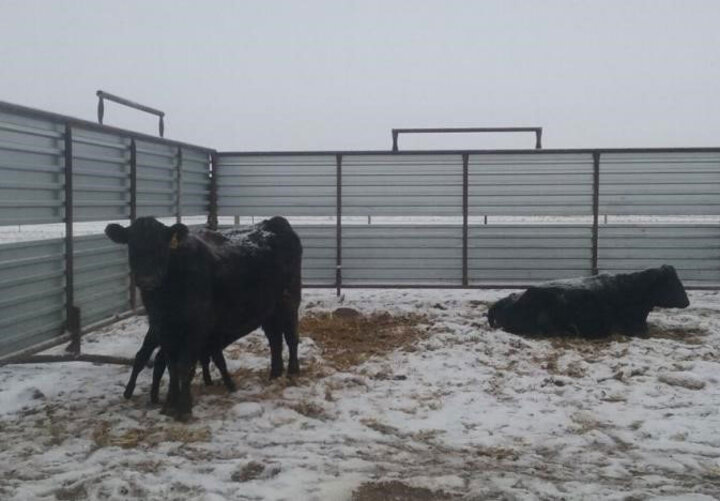
Wind, particularly when coupled with low temperatures, can negatively impact livestock productivity, and survivability of young animals. An appropriate plan for protecting your animals from wind must include: best locations assessment for all your facilities; a good design to control the environment inside the animal housing; and, if needed, the construction of wind-protection structures.
Wind Roses can be used for assessing prevailing winds. Livestock facilities should be located facing a direction that will minimize the surface directly struck by winds, especially during winter months. Topography maps provide valuable information for evaluating terrain and land-use conditions during construction planification. Some considerations when locating a new building are:
- When located upwind of the animal housing structure, silos can increase wind velocity when it passes around them. To avoid this problem, wind-structures may be constructed next to a silo.
- When located on the north or west side of the animal housing structure, buildings should be separated for at least 50 feet, to prevent the formation of high velocity winds between them.
- Since tall buildings can send winds back, animal housing should be located on the upwind side of high structures.
Windbreaks can provide protection against winds by decreasing its speed and/or changing its direction. The UNL Extension team provides a guide for the implementation of windbreaks for livestock operation. Windbreaks can also provide protection from snow, during the winter, and heat, during the summer.
Additional Information
- Guide to windbreaks from National Forest Service
- How windbreaks work from UNL Extension
- Natural ventilation for livestock housing from Purdue extension
- Cattle confinement considerations from Iowa State extension
- Wind and snow control around the farm from Purdue extension